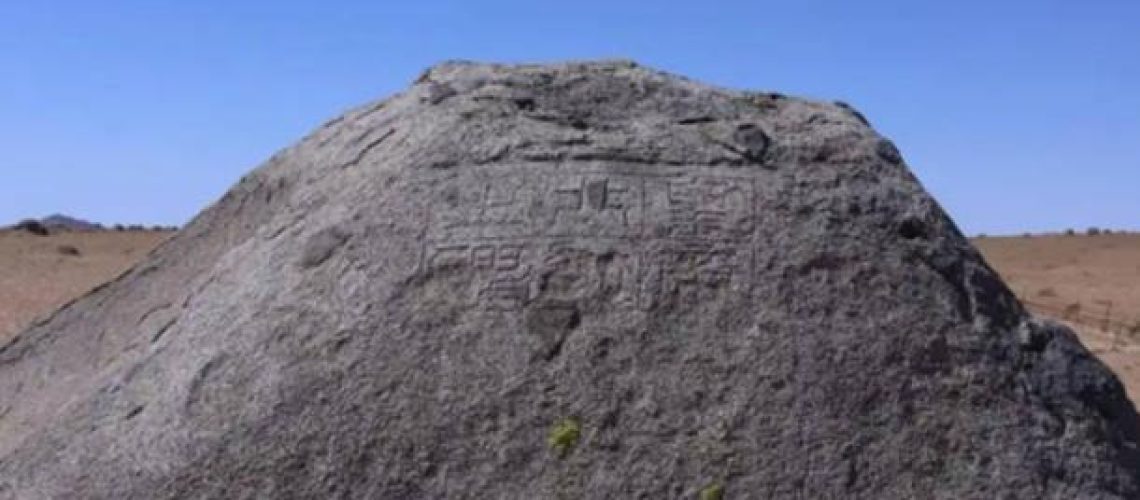
A remarkable imperial stone inscription, tentatively dated to the Northern Wei Dynasty (386-534 AD), has been discovered carved into a natural granite boulder in the grasslands of Mongolia. The find represents one of the most significant epigraphic discoveries related to ancient Chinese imperial campaigns in recent years, potentially shedding new light on frontier governance and cultural exchange during one of China’s most transformative periods.
The inscription, bearing the title “Stele of the Emperor’s Northern Tour” in elegant seal script, was identified during a joint archaeological survey by the Inner Mongolia Institute of Cultural Heritage and Archaeology and local heritage authorities. If authenticated, it would join an extremely rare collection of imperial commemorative inscriptions from this pivotal dynasty that bridged nomadic steppe culture with traditional Chinese civilization.
- Ancient Neolithic Dragon Made of Mussel Shells Unearthed in Inner Mongolia
- Liao Dynasty Chariot Burial Found in Inner Mongolia
Weathered Stone Preserves Ancient Imperial Message
The inscription, discovered near Ulanqab, Inner Mongolia Autonomous Region, spans an impressive 1.9-meter-wide by 2.6-meter-high section of a naturally formed granite boulder. Despite centuries of weathering across the harsh steppe environment, embedded basalt inclusions within the stone have preserved over 50 legible characters


